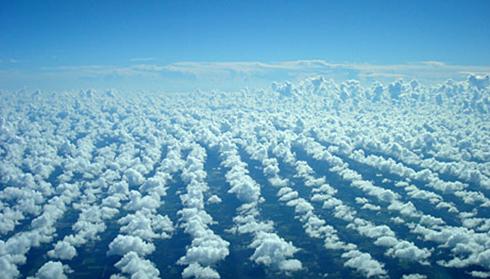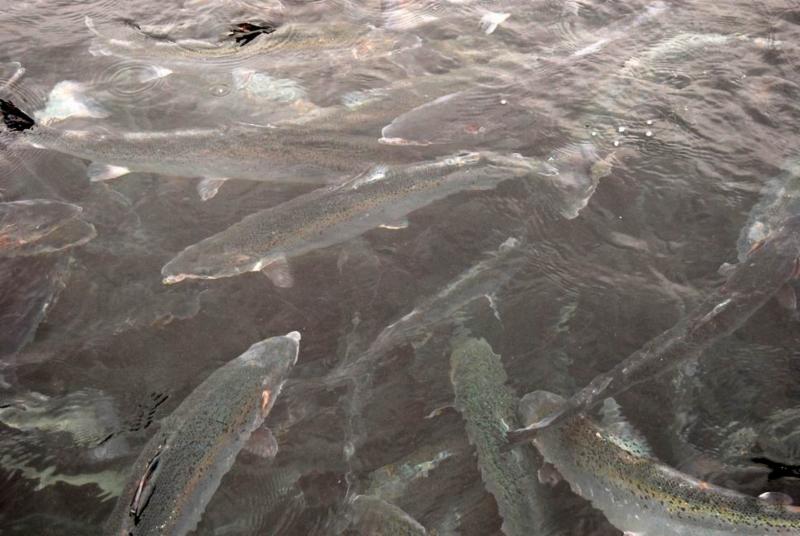2020 set to be 10th consecutive year with above-average temperatures

3 December 2020
This year is on course to be the 10th consecutive year above normal temperatures in Ireland, according to new data from Met Éireann.
The agency published its analysis yesterday in conjunction with the World Meteorological Organisation’s (WMO) Provisional Statement on the State of Global Climate in 2020.
The international organisation warned that 2020 is on course to be one of the three warmest years on record worldwide, and that 2011 to 2020 will be the warmest decade on record.
2020 also saw a record number of hurricanes in the Atlantic with wildfires raging around the world and massive population displacement and undermined food security in parts of Africa and South East Asia due to flooding.
Additionally, the report highlighted that despite the Covid-19 lockdown, atmospheric concentrations of greenhouse gas emissions continue to rise globally, committing the planet to further warming for many generations to come.
This February was the wettest February in over 50 years, according to Met Éireann, and saw a 252 per cent increase in rainfall.
Parts of the east of the country had their driest spring on record, and the entire country saw only 58 per cent of normal rainfall during the same time frame.
Extreme weather to become “more common”
Met Éireann Senior Climatologist Keith Lambkin warned that such extreme weather experienced this year “is likely to become more common into the future”.
Such extreme weather events and their impacts included high levels of flooding in February, a national hosepipe ban in the east of the country during the region’s driest spring on record, and a number of significant storms which caused power outages, according to Lambkin.
Storms and climate change
As global temperatures increase, the atmosphere can hold more water vapour which makes it act like a “leaky sponge”, according to Professor and Director of the ICARUS Climate Research Centre at Maynooth University Peter Thorne.
For every 1 degree of warming in the atmosphere, we see a 7 per cent increase in water vapour, Intergovernmental Panel on Climate Change (IPCC) scientist Professor John Sweeney told the Green News.
What also tends to happen, Prof Sweeney notes, is that as a deep storm approaches Irish shores, local sea levels actually rise because the weight of the atmosphere pushing down on the ocean is less.
Therefore, localised increases in sea level occur as the storm centre passes onto the shore.
[x_author title=”About the Author”]







